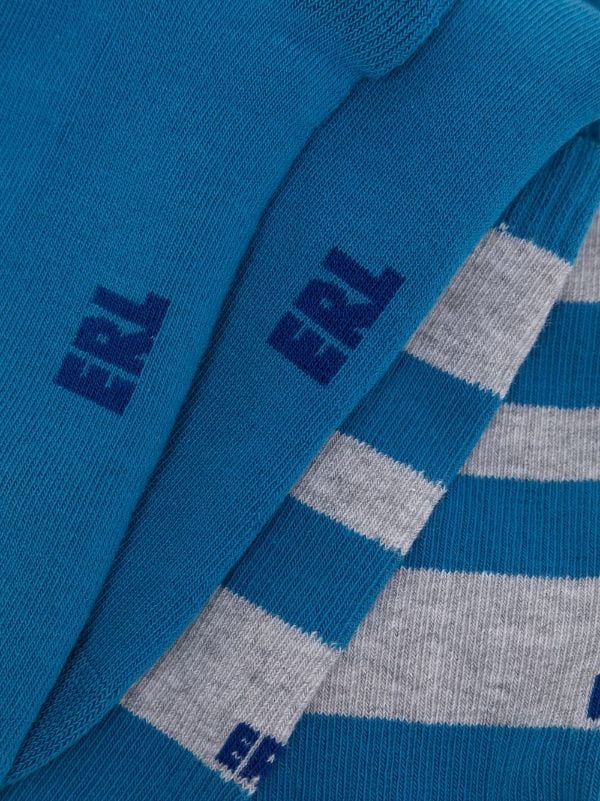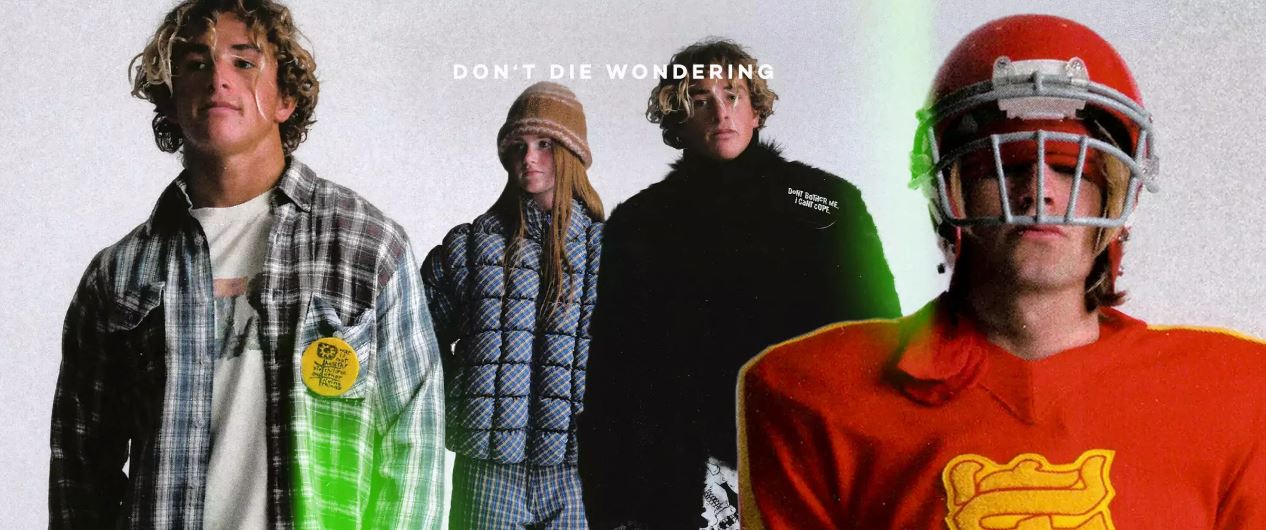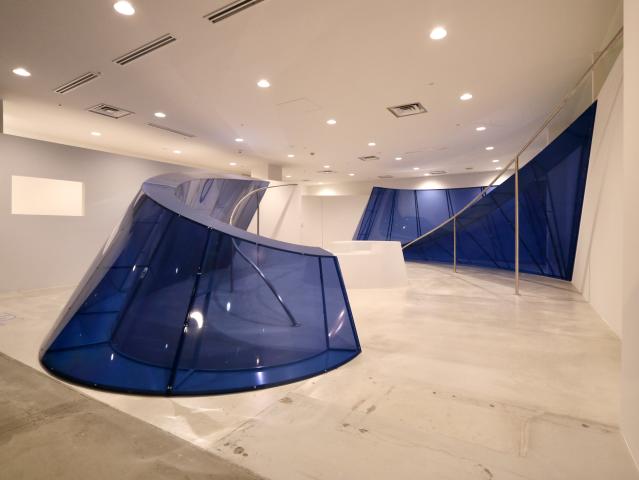
ERL AND ITS SMART MOVE ENTERING THE JAPANESE MARKET
It was announced today that Eli Russell Linnetz -the brand's quirky California cool based in Venice Beach- has opened his first two Japanese ERL shops-in-shop. This movement has been taken less than three years after its creation.

- Founded in 2020, ERL collections are imbued with the Californian relaxed and casual style.
- The fact that his move has been taken in less than three years after the creation of the brand has been subjected to criticism.
ERL falls under the brand umbrella of Dover Street Market Paris, the wholly owned subsidiary of Comme des Garçons that nurtures a clutch of labels operating under various business arrangements.
These labels include, among others, Weinsanto, Vaquera, Paccbet, Youths in Balaclava, Liberal Youth Ministry and Honey F--king Dijon.
ERL's collections are always unisex and imbued with the relaxed, casual style of Venice Beach in California. Designs are an exploration of the American style of the moment.
Various concepts contradict and contrast each other in ERL collections, such as the old west, space, prom and the fervour of collegiate sports teams.
The brand has a nostalgic, uncluttered feel to it, drawing from 90s Pixar films, Venice Beach skateboarders and the Santa Monica swim team.
Jeans, coats, knitwear pieces (the must-have ERL piece), jumpers, shirts and a host of accessories such as scarves, ties, backpacks, belts and hats are reimagined in a playful colour palette with ERL's signature prints and graphics.
Related to the new shops-in-shop, ERL founder Linnetz stated that in his opinion, ERL is about color, texture, and happiness; reason why he keeps the designs of the spaces minimal, so all focus remains on the collections, which tell so many stories about California and where he is from.
He also pointed out that each space will constantly be changing, possibly multiple times a week so people will get fully immersed in his Venice Beach vibe.
The new two shops, situated at different locations (one department store in Kyoto, and another one at Dover Street Market Ginza in Tokyo), allow Linnetz to display clothing for children at one end; while for adults at the other. In this way, ERL will try to differentiate between their addressed objective clients.

However, it is still surprising how little it has taken the brand to enter the Asian market given that ERL brand, initially focused on menswear, was launched for the fall 2020 season. Could this rapid expansion threat its incredible growth?
The truth is that, for ERL arrival in Japan to be considered a success, it depends on how the brand adapts its collections and communicates its values to the always-demanding Japanese clientele.
As such, it must be kept in mind the historic relation the Japanese population has maintained with luxury goods.
The Japanese addiction to Western luxury fashion brands emerged in the 1960s and 1970s with the country's extraordinary economic growth and the resulting rapid expansion of the new middle class who wanted to flaunt their success.
Because in the densely populated island nation, the Western way of enjoying and displaying one's wealth, with grandiose houses and large estates in luxurious neighbourhoods, was almost impossible; the Japanese opted to show off their wealth by dressing richly with luxurious outfits.
In addition, dense traffic and tight parking discouraged luxury cars, giving more impetus to the trend of using Western luxury fashion brands to show their success and new social status.
For the post-World War II generation of Japanese, the more expensive the luxury items they wore, the higher the status of the person wearing them.
The main status symbols in Japan are luxury fashion items such as haute couture clothes, leather handbags, shoes and accessories, silk scarves, watches, furs and jewellery.
In Japan and much of Asia, earning money is only part of a person's success. To gain social stature, they have to let the world know they have it.
This is the "conspicuous consumption" described by Veblen - a concept that was introduced in an older post. For this reason, luxury fashion brands became modern symbols used to redefine an individual's identity and social status.
It is true that the Japanese are the largest single consumers of luxury brands in the world and constitute the second largest market for luxury goods after the United; but it is also true that they are very demanding with what they buy.
To keep it simple, ERL's move has been a quick, risky, although promising initiative to rapidly escalate their business.

